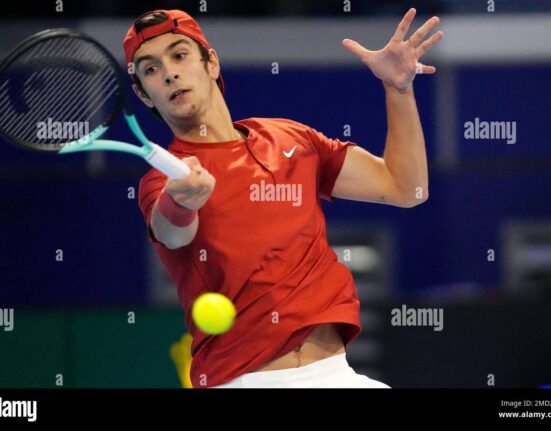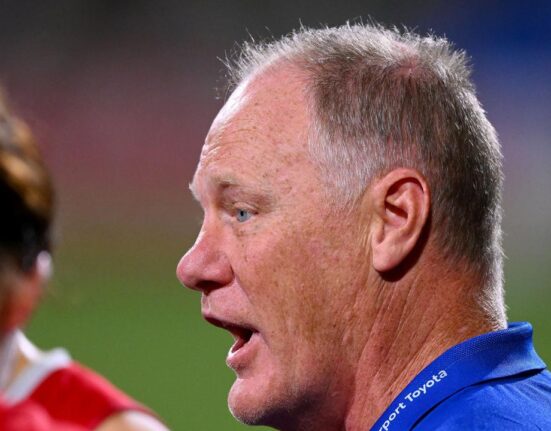Sport AFL in the year 2025 has witnessed a significant shake-up in its executive ranks, sparking discussions about gender bias and leadership dynamics within the league. The decision to divide Laura Kane’s role as the executive general manager of football into two distinct positions has raised eyebrows and concerns among stakeholders.
Andrew Dillon, the CEO of AFL, addressed the changes by emphasizing that organizational restructuring is not uncommon and is essential for operational effectiveness. He clarified that splitting Kane’s responsibilities was not motivated by gender bias but rather aimed at optimizing operational efficiency within the league.
In a recent interview with ABC Radio, Dillon emphasized,
“I don’t think so. Laura has come up through a club… She has incredible relationships with the football departments.”
This statement sheds light on Kane’s experience and expertise in navigating complex relationships within the AFL community.
The move to restructure Kane’s role was fueled by challenges in managing football performance issues, including notable incidents like miscommunication with umpires during critical game moments. By redistributing responsibilities and creating specialized roles, AFL aims to enhance its operational capabilities and streamline decision-making processes.
Dillon further clarified that tensions between head office and clubs are not unique to this situation but are inherent in the competitive nature of AFL. He highlighted,
“It’s a hyper-competitive competition… there has always been tension with the clubs.”
This acknowledgment underscores the complexities involved in managing a premier sporting organization like AFL.
The narrative surrounding gender bias in leadership decisions was debunked by Dillon’s reassurance that Kane’s skills and contributions are highly valued within the league. He commended her as an
“incredibly talented administrator”
who continues to break barriers and drive success for both herself and the AFL team moving forward.
As part of the restructuring process, Kane will now oversee critical aspects such as delivering various seasons under AFL’s purview, managing health and medical teams focusing on mental health issues, concussion protocols, and spearheading women’s football initiatives. These new responsibilities highlight Kane’s diverse skill set and strategic importance within AFL leadership.
Reflecting on past decisions regarding Kane’s extensive remit, Dillon acknowledged potential shortcomings in setting her up for success due to overwhelming responsibilities. He stated,
“Having two roles on the executive with a focus on football was really important to me… Footy is at the heart of everything we do.”
This introspection underscores AFL’s commitment to refining its organizational structure for better outcomes.
Furthermore, other key changes within AFL include departures from top positions such as Executive General Manager of Inclusion and Social Policy Tanya Hosch alongside adjustments to roles like General Counsel Stephen Meade. These transitions signify broader organizational realignments aimed at enhancing functional efficiency across different departments.
The ongoing evolution of leadership structures within AFL reflects a proactive approach towards adapting to dynamic challenges faced by modern sports organizations. By promoting transparency, accountability, and specialization through role differentiation, AFL endeavors to strengthen its core operations while fostering inclusivity and innovation across all levels of management.
In conclusion,AFL’s recent executive reshuffle serves as a testament to its commitment towards progressive governance practices aimed at driving sustainable growth while nurturing diverse talent pools within its leadership cadre.









Leave feedback about this